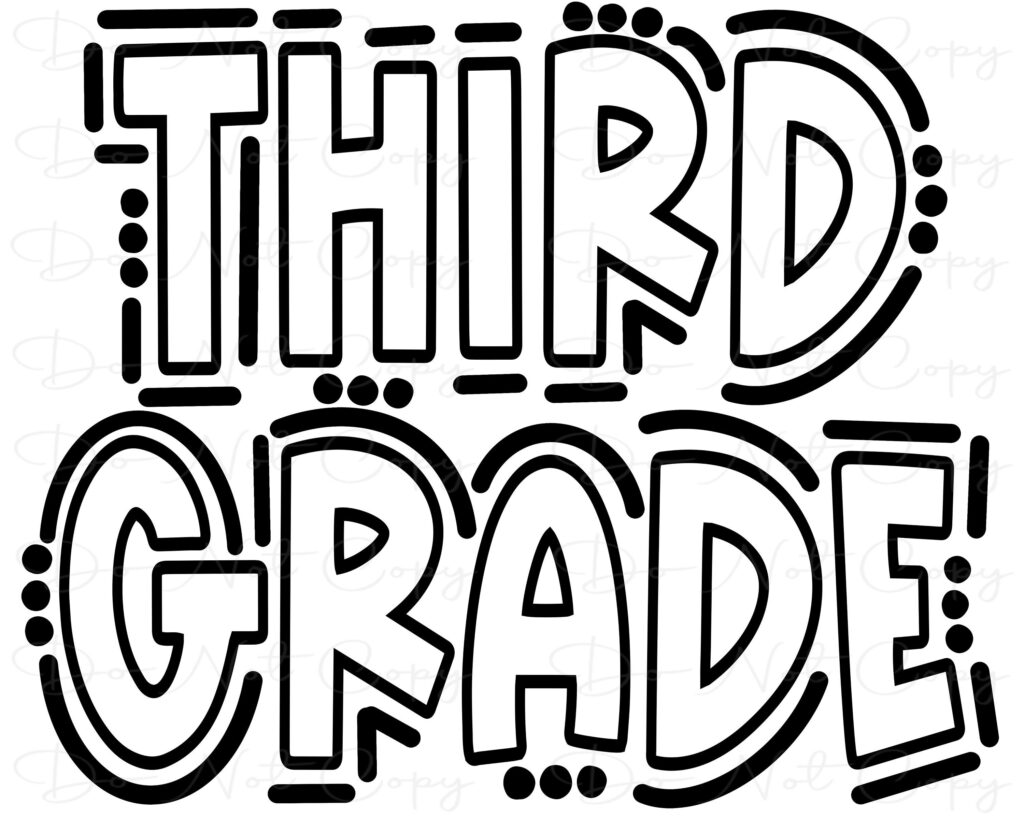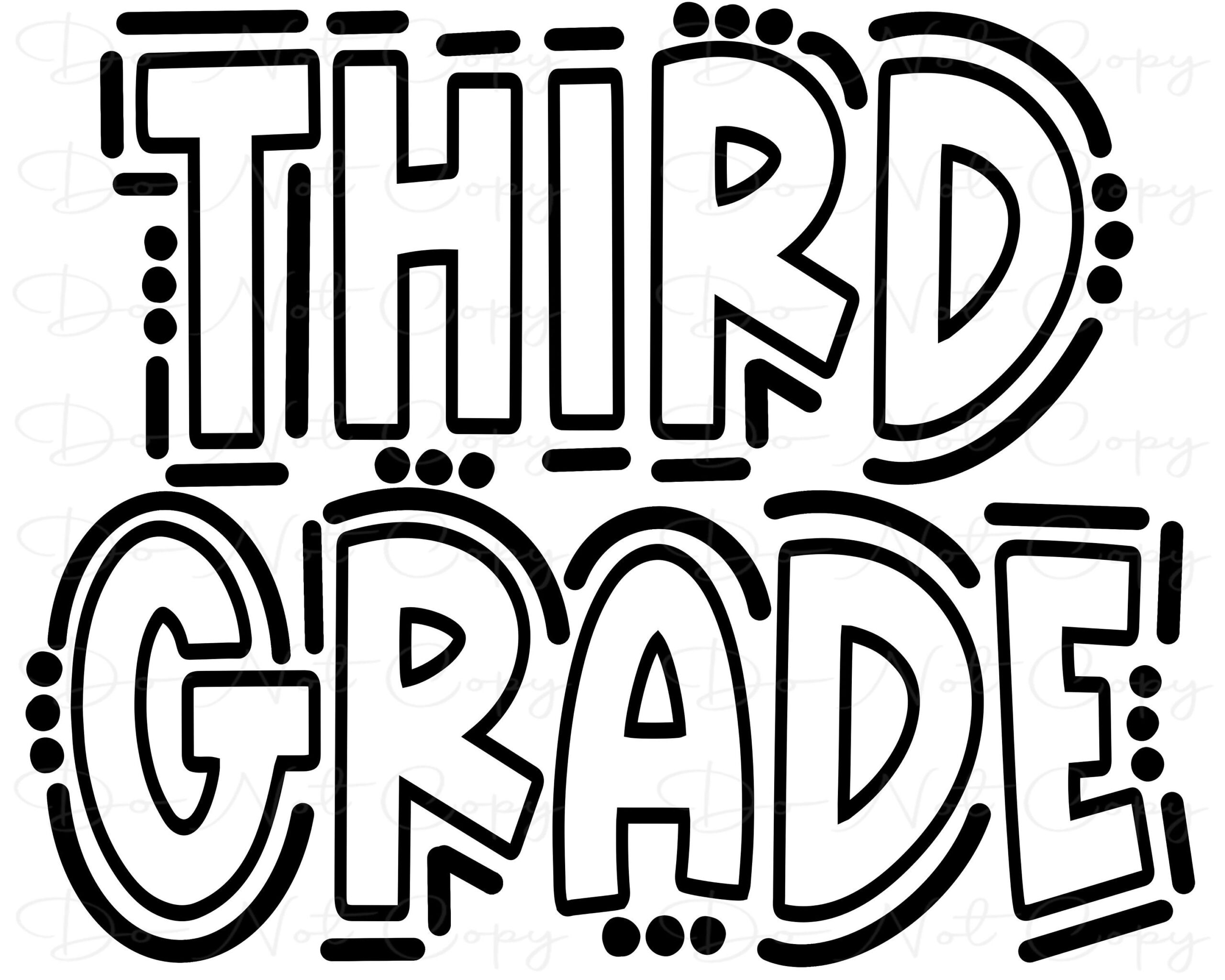
Unlocking Academic Success: A Comprehensive Guide for Third Grade Students
Third grade marks a significant transition in a child’s academic journey. It’s a year where foundational skills are solidified, and new, more complex concepts are introduced. For parents and educators, understanding the key milestones and effective strategies for supporting third grade students is crucial. This comprehensive guide aims to provide insights into the academic landscape of third grade, offering practical tips and resources to help children thrive. We’ll delve into the core subjects, explore common challenges, and highlight effective learning techniques. The goal is to equip you with the knowledge and tools necessary to ensure a successful and enriching third grade experience for every child.
The Core Curriculum: What to Expect in Third Grade
The third grade curriculum typically encompasses several core subjects, each building upon the knowledge acquired in previous years. Let’s examine these areas in detail:
Reading and Language Arts
Reading comprehension takes center stage in third grade. Students are expected to move beyond simply decoding words to understanding the meaning behind the text. This includes identifying the main idea, supporting details, character development, and plot structure. Teachers often use a variety of texts, from fictional stories to informational articles, to enhance reading skills. Writing also becomes more sophisticated, with an emphasis on grammar, sentence structure, and paragraph organization. Students learn to write different types of texts, such as narratives, informative reports, and opinion pieces. Spelling and vocabulary continue to expand, building a strong foundation for future writing endeavors.
- Reading Comprehension Strategies: Summarizing, predicting, questioning, and making connections.
- Writing Skills: Developing clear and concise sentences, organizing paragraphs, and using correct grammar.
- Vocabulary Development: Learning new words through context clues, prefixes, and suffixes.
Mathematics
Third grade math focuses on building a strong understanding of multiplication and division. Students learn their multiplication facts and apply them to solve real-world problems. They also explore fractions, geometry, and measurement. Problem-solving skills are emphasized, encouraging students to think critically and apply their mathematical knowledge to various situations. Manipulatives and visual aids are often used to help students grasp abstract concepts. The curriculum also introduces concepts like area and perimeter, further expanding their understanding of spatial reasoning.
- Multiplication and Division: Mastering basic facts and applying them to solve problems.
- Fractions: Understanding basic fractions and comparing them.
- Geometry: Identifying and classifying different shapes.
- Measurement: Measuring length, weight, and volume using standard units.
Science
Science in third grade often involves hands-on experiments and investigations. Students explore topics such as life cycles, ecosystems, forces and motion, and the properties of matter. The scientific method is introduced, encouraging students to ask questions, make observations, and draw conclusions. Through experiments and research, students develop a deeper understanding of the world around them. They learn about different types of animals and plants, the importance of conservation, and the basic principles of physics and chemistry.
- Life Cycles: Understanding the life cycles of plants and animals.
- Ecosystems: Learning about the interactions between living organisms and their environment.
- Forces and Motion: Exploring the concepts of gravity, friction, and momentum.
- Properties of Matter: Investigating the different states of matter and their properties.
Social Studies
Social studies in third grade typically focuses on local and regional history, geography, and civics. Students learn about their community, state, and country. They explore historical events, famous figures, and the roles and responsibilities of citizens. Map skills are also developed, helping students understand spatial relationships and geographic concepts. They might study different cultures, economies, and forms of government. The goal is to foster a sense of civic responsibility and an understanding of the world beyond their immediate surroundings.
- Local and Regional History: Learning about the history of their community and state.
- Geography: Developing map skills and understanding geographic concepts.
- Civics: Learning about the roles and responsibilities of citizens.
Common Challenges Faced by Third Grade Students
While third grade can be an exciting time of growth and learning, it also presents several challenges for students. Understanding these challenges can help parents and educators provide targeted support.
Increased Academic Rigor
The academic workload increases significantly in third grade, requiring students to manage more complex assignments and concepts. This can be overwhelming for some students, leading to stress and anxiety. Parents can help by breaking down assignments into smaller, manageable tasks and providing a quiet and organized study environment. Encouraging good time management skills is also crucial.
Difficulty with Reading Comprehension
Reading comprehension is a critical skill in third grade, and students who struggle with it may fall behind in other subjects as well. To improve reading comprehension, encourage students to read regularly and discuss what they’ve read. Provide opportunities for them to ask questions and clarify their understanding. Using graphic organizers and other visual aids can also be helpful.
Math Anxiety
Math anxiety is a common problem among third grade students. This can stem from a lack of confidence in their math abilities or a fear of making mistakes. To combat math anxiety, focus on building a positive attitude towards math. Use games and activities to make learning fun and engaging. Emphasize the importance of effort and perseverance, rather than just focusing on getting the right answer.
Organizational Skills
Third grade requires students to be more organized and responsible for their belongings and assignments. Students who struggle with organizational skills may have difficulty keeping track of their materials, completing assignments on time, and staying focused in class. To help students develop organizational skills, teach them how to use a planner or calendar to keep track of assignments and deadlines. Help them create a system for organizing their papers and materials. Encourage them to clean out their backpacks and desks regularly.
Effective Learning Strategies for Third Grade
Implementing effective learning strategies can significantly enhance a third grade student’s academic performance and overall learning experience.
Active Learning Techniques
Active learning involves engaging students in the learning process, rather than passively receiving information. This can include activities such as group discussions, hands-on experiments, and problem-solving exercises. Active learning helps students to better understand and retain information. It also promotes critical thinking, creativity, and collaboration skills.
Visual Aids and Graphic Organizers
Visual aids and graphic organizers can be powerful tools for helping students understand and remember information. These tools can help students to organize their thoughts, make connections between ideas, and visualize abstract concepts. Examples of visual aids include diagrams, charts, graphs, and pictures. Graphic organizers include mind maps, Venn diagrams, and flowcharts.
Personalized Learning
Personalized learning involves tailoring instruction to meet the individual needs and learning styles of each student. This can include providing differentiated instruction, allowing students to choose their own projects, and providing individualized feedback. Personalized learning helps students to stay engaged and motivated, and it allows them to learn at their own pace.
Positive Reinforcement and Encouragement
Positive reinforcement and encouragement can have a significant impact on a third grade student’s motivation and self-esteem. Praise students for their efforts and accomplishments, and provide them with constructive feedback. Create a supportive and encouraging learning environment where students feel comfortable taking risks and making mistakes.
Parental Involvement: A Key to Success
Parental involvement is crucial for a child’s academic success in third grade. Parents can support their children in a variety of ways, including:
- Creating a supportive home environment: Provide a quiet and organized study space, and establish regular study routines.
- Communicating with teachers: Stay in touch with your child’s teacher to stay informed about their progress and any challenges they may be facing.
- Helping with homework: Provide assistance with homework assignments, but avoid doing the work for your child.
- Encouraging reading: Read with your child regularly and encourage them to read independently.
- Attending school events: Participate in school events and activities to show your child that you value their education.
Resources for Third Grade Students and Parents
Numerous resources are available to support third grade students and their parents. These resources include:
- Online learning platforms: Websites and apps that offer interactive lessons, games, and activities.
- Educational websites: Websites that provide information, articles, and resources on various topics.
- Tutoring services: Professional tutors who can provide individualized instruction and support.
- Libraries: Libraries offer a wide range of books, resources, and programs for children.
- Parent-teacher organizations: Organizations that provide support and resources for parents and teachers.
By understanding the curriculum, addressing common challenges, implementing effective learning strategies, and fostering parental involvement, we can empower third grade students to achieve academic success and develop a lifelong love of learning. The third grade year is pivotal, setting the stage for future academic endeavors. Let’s work together to make it a positive and enriching experience for every child. Remember that consistent effort and a supportive environment are key to unlocking their full potential in third grade. The journey through third grade is a collaborative effort, requiring the combined dedication of students, parents, and educators. Each plays a vital role in shaping a successful and fulfilling academic year. By embracing this collaborative approach, we can ensure that every third grade student has the opportunity to thrive and reach their full potential.
[See also: Reading Comprehension Strategies for Elementary Students]
[See also: Effective Math Tutoring for Third Graders]
[See also: Building Confidence in Young Learners]

